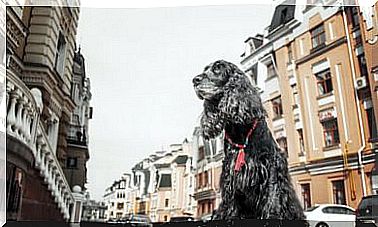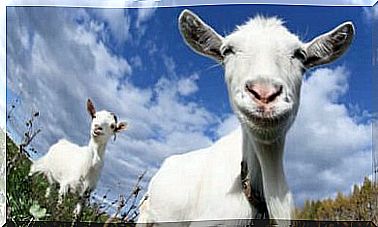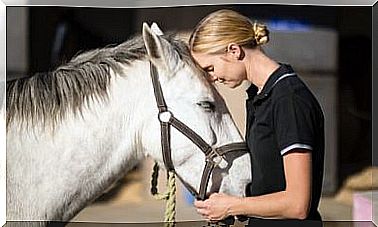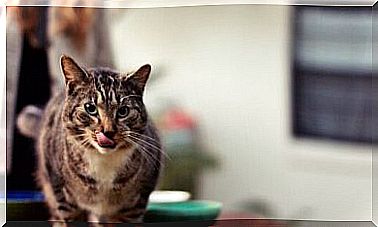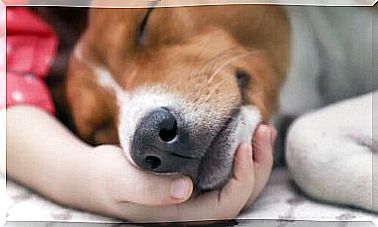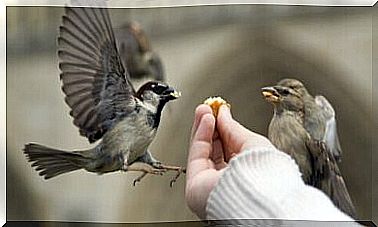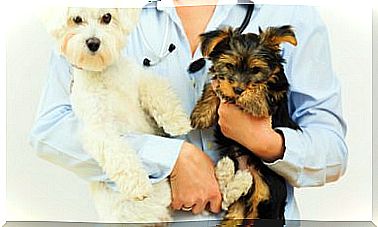Meet The Great Dane
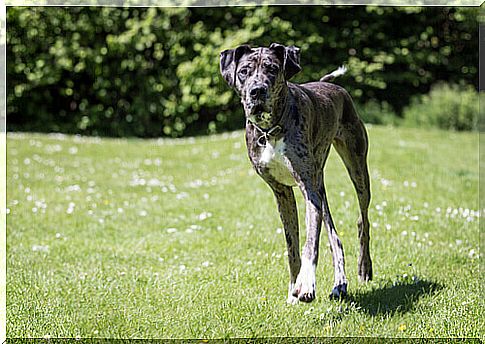
The Great Dane is one of the largest dog breeds in the world. While he may be a little scary at first glance, his sweetness and loyalty make him the perfect breed for a home with children.
In this article we tell you all about the Great Dane, also called the Apollo of the dogs, due to its proportionate body.
History of the Great Dane
The Great Dane’s appearance has features common to English Mastiffs and Greyhounds.
In 1878 a Berlin breeders’ commission began to combine the characteristics of the “dogge” (doges) to give life to an independent German breed called “Deutsche Doggen” (German doges).
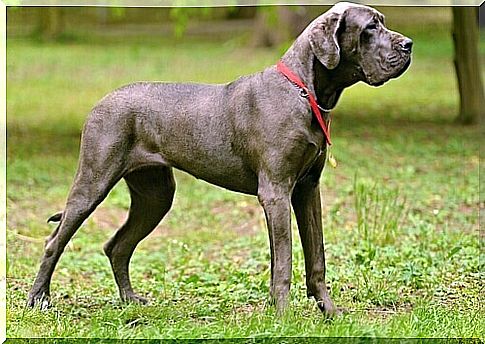
Two years later, at an exhibition in the same city, standards were set for the incipient breed. Although nowadays the Great Dane is a “good giant”, at the beginning, however, he was a hunter and an aggressive fighter, much feared for his temperament and his fighting attitude.
With the passage of time and subsequent litters, he has grown into a friendly, agreeable and affectionate dog. Later, he became famous thanks to the animated series “Scooby Doo”.
Physical characteristics of the Great Dane
With its great height (if it stands up on its hind legs, it can reach 2.10 meters), the Great Dane can intimidate us at first sight. The coat of this dog is thick and the colors can be light fawn, brindle, harlequin (white with black markings), black or blue.
Males reach 80 to 90 cm in height at the withers and weigh between 75 and 100 kg. Females reach between 70 and 85 cm and weigh between 50 and 90 kg. They have a “square” structure and their skull is in perfect harmony in relation to the body.
The muzzle is rectangular and dark in color, with large eyes and dangling ears. The tail is long and broad, with some curvature, and the Great Dane’s movements are agile, harmonious and springy. In fact, unlike many large dogs, he does not walk rough or clumsy.
Personality and temperament of the Great Dane
We may initially get the wrong idea about the Alano due to its large size. When we see it so majestic, we can think it is a dangerous and aggressive breed. However, after socializing, we find that it is very docile.
It is no coincidence that he is known as the “gentle giant”, since he is not only good with people (especially with children), but also with other animals. With proper socialization and training, he will perform very well from a puppy. If not, he can be fearful or even aggressive in new environments or with people he doesn’t know.
The Great Dane is the ideal dog for families with children who will have an insured babysitter. The largest companion dog in the world is a concentrate of love and happiness. It should be known, however, that he needs frequent company, so it is not advisable to leave him alone for many hours during the day (he can destroy everything in his path).
Another factor to consider is the space required for a dog of its size. A house with a garden or in the countryside is the best place for this animal. This way, he will be able to play, move and walk as he pleases without any problems.
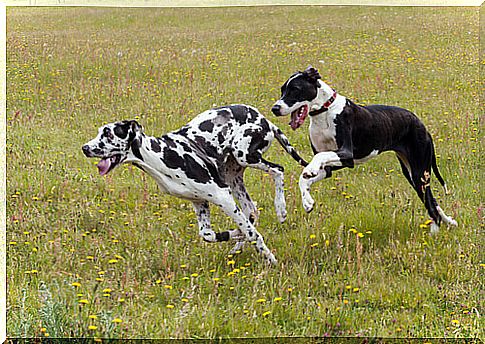
As for the care to be dedicated to this breed, they are very simple: a weekly brushing to eliminate dead hair. It is only necessary to bathe it if it is very dirty and, due to its large size, it is advisable to take it to a dog grooming salon. Do not forget that the expenses for food, on the other hand, are very high.
The bad news is that they are a breed predisposed to suffer from various diseases, such as stomach torsion, cardiomyopathy, hip dysplasia, cataracts, Woobler’s syndrome, elbow dysplasia and osteosarcoma. To prevent and treat these diseases in time, it is essential to have him undergo an annual check-up by the vet.
Given the numerous positive characteristics of this breed, we recommend that every family adopt a Great Dane and guarantee him good socialization from an early age. Training him will be simple, as he is an intelligent and capable dog. Moderate physical activity and daily walks are recommended to better manage this animal’s energy.
